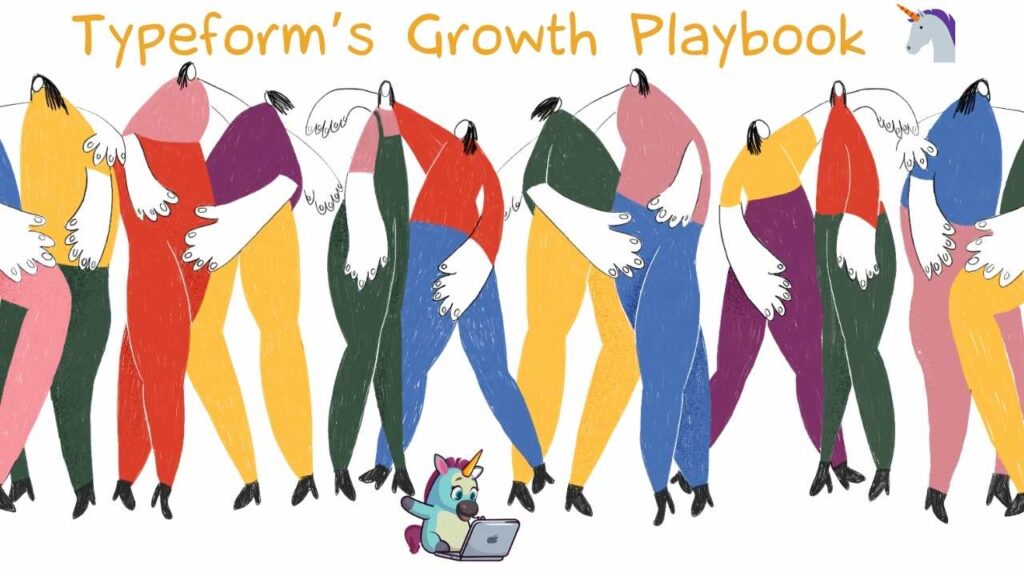
Hey there, growth enthusiasts!
Get ready to dive into the growth story of Typeform – the next-generation form builder.
With over 135,000 paying customers, including big names like Forbes, HubSpot, and Slack, Typeform has become the go-to solution for creating engaging, conversational forms that people actually enjoy filling out.
But how did this Barcelona-based startup go from a simple idea to a SaaS powerhouse with $50 million in funding and a team of 200+?
In this growth playbook, we’ll explore the strategies, tactics, and secrets behind Typeform’s incredible success.
From their unique product-led approach to their innovative marketing campaigns, we’ll analyze how Typeform has managed to become a $935M company and build a loyal following of users.
So grab a cup of 
The Idea
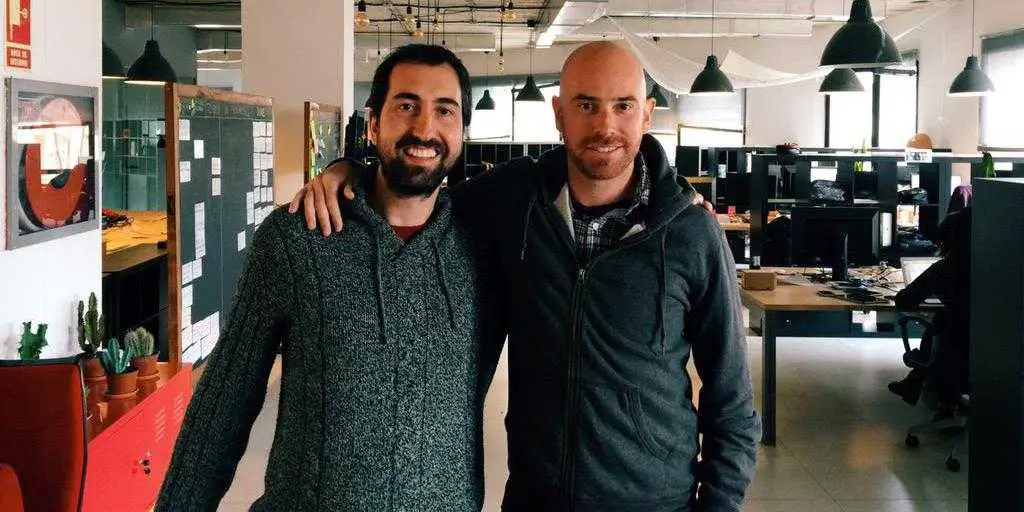
Typeform’s story began when co-founders David Okuniev and Robert Munoz were running a design agency in Barcelona.
While working on a project for a client who wanted a digital form for their stores, they were inspired by the 1983 film WarGames, where the computer interacts with the user in a conversational way (OpenAI founders probably saw this movie, too 
This sparked the idea to create forms that felt more like a conversation, turning the mundane task of filling out forms into an engaging, interactive experience.
The goal was simple:
Make data collection more human and enjoyable for both businesses and their customers.
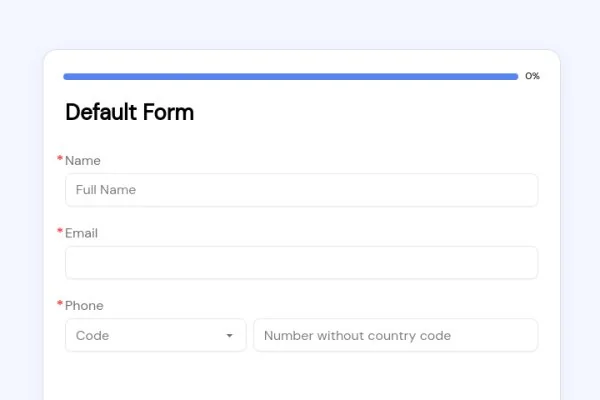
Before Typeform, online forms were dull, boring, and often a pain to complete.
Businesses struggled to collect valuable data from their customers, as people were reluctant to fill out lengthy, unintuitive forms.
This led to low completion rates, inaccurate data, and a poor user experience.
Businesses were missing out on crucial insights and opportunities to connect with their audience.
Typeform’s co-founders recognized this problem and set out to create a solution that would make data collection more engaging, conversational, and user-friendly.
They wanted to bridge the gap between businesses and their customers, making the process enjoyable for everyone involved.
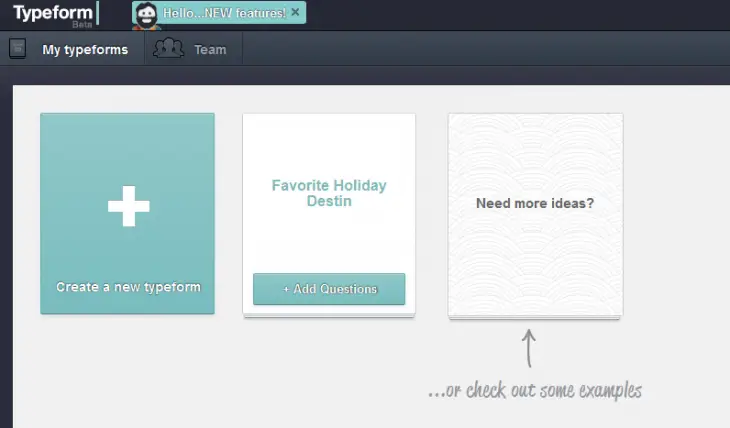
To bring their idea to life, David and Robert created a simple MVP that focused on the core functionality of conversational forms.
They stripped away the clutter and distractions found in traditional forms and designed a clean, intuitive interface that presented one question at a time.
The MVP allowed users to create forms with a variety of question types, customizable designs, and basic logic jumps.
It was a far cry from the feature-rich platform Typeform is today, but it effectively demonstrated the power of conversational data collection.
The MVP was well-received by early adopters, who appreciated its simplicity and user-friendly approach.
Product-Market Fit 

Typeform’s journey to product-market fit was accelerated by the viral nature of their product.
As early adopters created and shared Typeforms with their networks, the platform’s user base grew organically.
CEO David Okuniev recalled, “We hit 50,000 sign-ups during the beta in 2013 […] We didn’t do anything else, really. We hit other levers later, but that’s what launched Typeform.”
This viral growth was driven by the unique, engaging experience Typeform provided, which set it apart from traditional form builders.
As Okuniev put it, “At the time, nobody had ever seen anything like that before. It was a fun, beautiful, interactive form.“
When Typeform officially launched in 2014 with a $25/month PRO plan, they quickly gained 1,000 paying customers, validating their product-market fit.
The team’s focus on user experience and conversational data collection clearly resonated with their target audience.
Positioning & Branding 

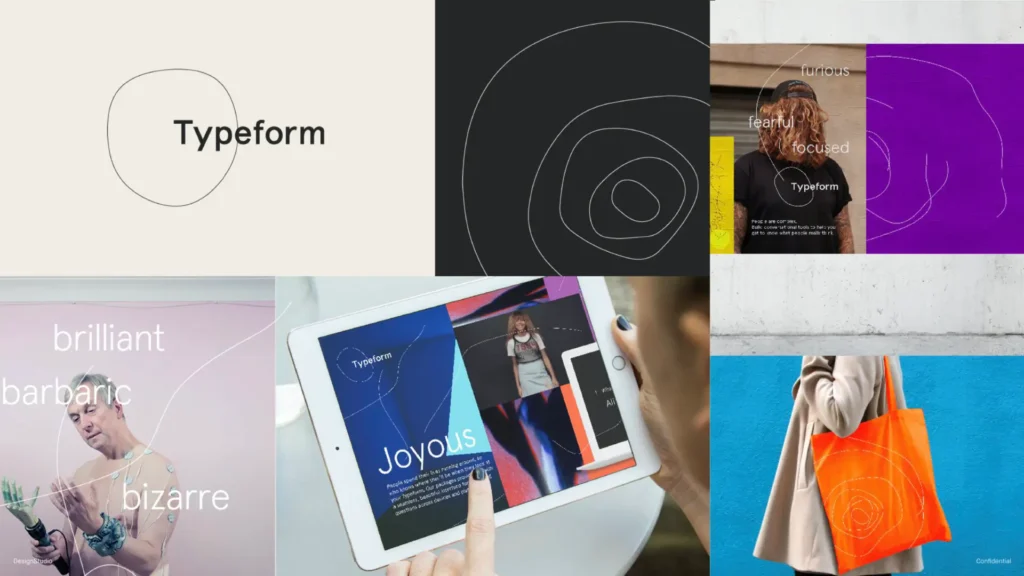
From the very start, Typeform differentiated itself as the “next-generation form builder” that prioritized user experience and conversational data collection.
Their messaging centered around the idea of “making data collection more human” and “turning forms into conversations.”
This positioning resonated with businesses looking for a more engaging way to connect with their audience.
Typeform’s branding is playful, approachable, and design-focused, reflecting their commitment to creating enjoyable user experiences.
Their website and marketing materials feature bold colors, friendly illustrations, and conversational copy that reinforces their brand personality.
By consistently communicating their unique value proposition and maintaining a strong brand identity, Typeform has been able to stand out and build a loyal following of users who appreciate their human-centered approach to data collection.
Pricing 

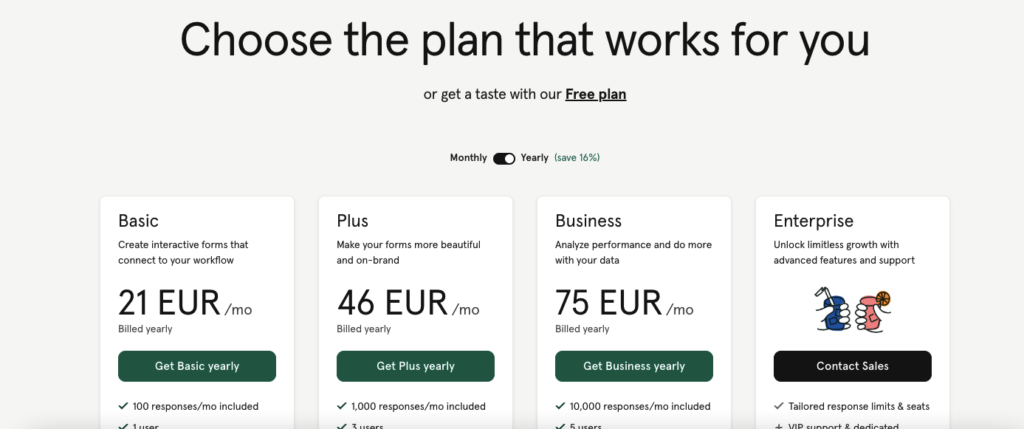
Typeform’s pricing strategy has been a key factor in their growth, balancing accessibility for new users with value-based plans for more advanced customers.
From the beginning, they have offered a free plan alongside paid options, allowing users to experience the product before committing to a subscription.
After launching with a simple $25/month PRO plan, Typeform has evolved their pricing to include a range of tiers.
Currently, they offer a free Basic plan with limited features, a $25/month Basic plan, a $50/month Plus plan, a $80/month Business plan each providing increasing levels of functionality and support.
By maintaining a free plan, Typeform has been able to attract a wide range of users and drive viral growth through word-of-mouth and product sharing.
Meanwhile, their value-based paid plans have helped them maximize revenue from more engaged and demanding customers.
This balanced approach to pricing has been a significant contributor to Typeform’s success, with the company reportedly reaching $50 million in ARR as of 2022.
Acquisition 
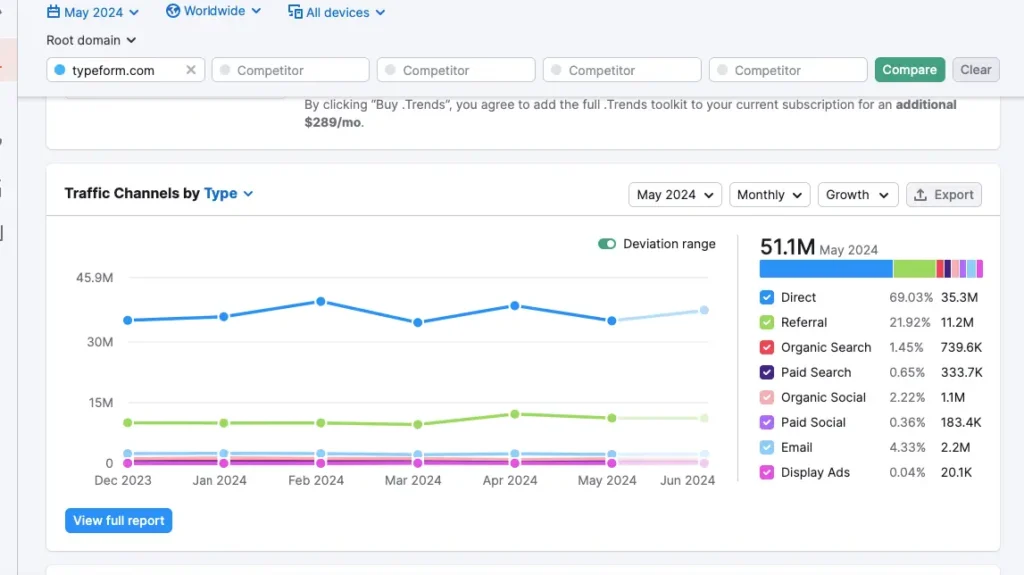
Typeform’s acquisition strategy extends beyond its viral loops (more on that in the next section), with a strong focus on SEO and paid search.
As Sançar Sahin, VP of Marketing, explained in an interview, “Search is quite big for us. We do a bit of paid search as well.“
Former Head of Growth Jake Stainer revealed that when he joined in 2015, the website lacked basic SEO elements like a footer with internal links.
However, as the company grew, they began to prioritize SEO, with Stainer building a business case for optimizing the website architecture and targeting valuable keywords.
By the time Stainer left in 2018, Typeform’s SEO efforts were generating 30,000 non-branded signups per month and driving $3 million in annual lifetime value.
In addition to organic search, Typeform also invests in paid search to drive acquisition.
While Sahin acknowledged that paid search is becoming increasingly competitive and expensive, he believes that it complements their organic efforts.
“The two things, I actually don’t see them as completely separate either, so they enhance each other.“
By combining a strong organic search presence with targeted paid campaigns, Typeform has been able to effectively reach and acquire new users at various stages of the customer journey.
Growth Loops 

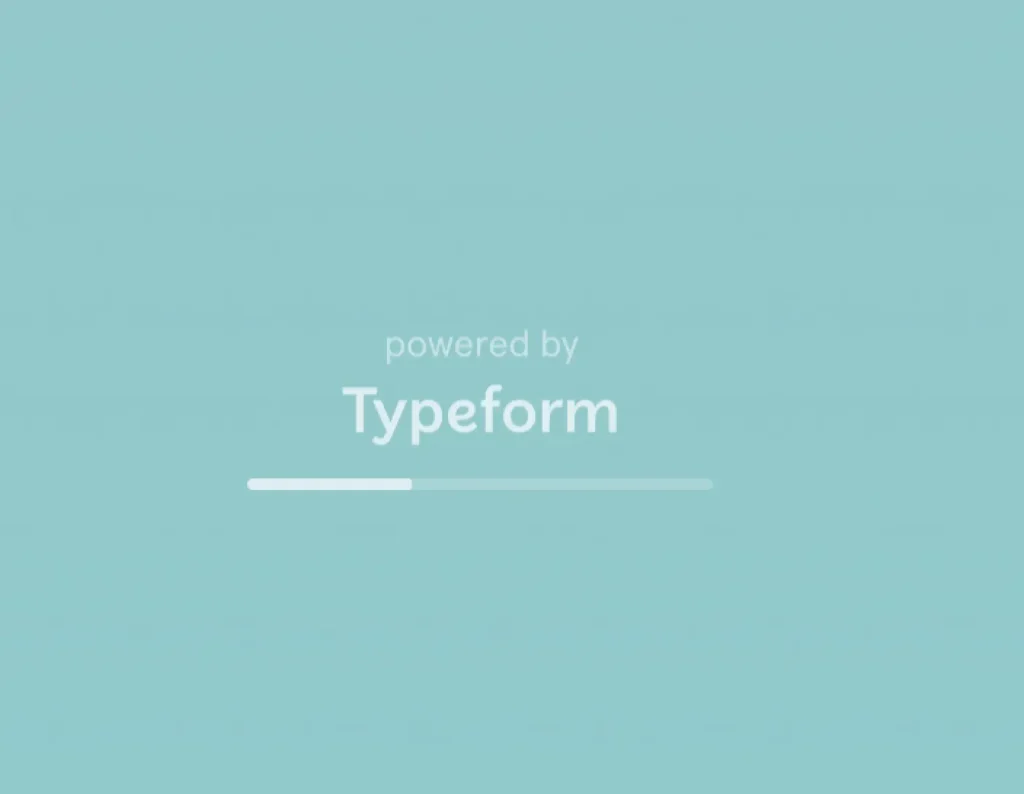
At the heart of Typeform’s growth strategy lies a powerful product-led growth (PLG) loop that has propelled the company to new heights.
The loop begins when a user creates a Typeform and shares it with their audience; if they are on a free plan, typeform branding is shown to new potential users.
These new users, impressed by the sleek design and engaging experience, are then inspired to sign up for Typeform themselves and create their own forms.
As more users create and share Typeforms, the loop continues to feed itself, driving exponential growth.
This viral loop is fueled by the inherent shareability of Typeforms, as well as the company’s focus on making it easy for users to share their creations through social media, embed options, and the “Powered by Typeform” badge.
The PLG loop is particularly effective for Typeform because the product itself is the primary driver of acquisition.
This PLG loop has been a key factor in Typeform’s success, contributing to around 80% of the company’s new business and helping them scale to millions of users worldwide.
Activation 

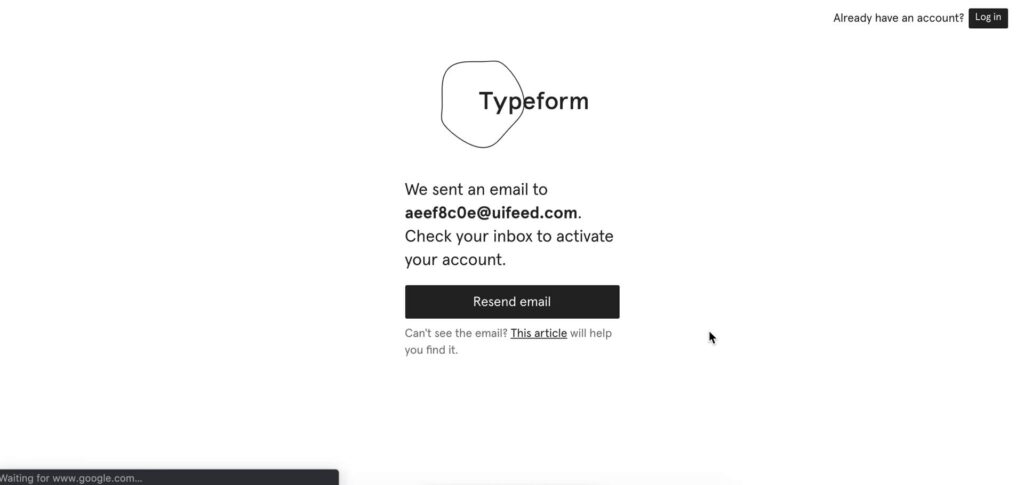
Typeform’s activation strategy revolves around providing users with a seamless and intuitive onboarding experience that quickly demonstrates the value of the product.
When a new user signs up for Typeform, they are immediately greeted with a simple, user-friendly interface that guides them through the process of creating their first form.
As Sançar Sahin, VP of Marketing, explained in an interview, “The product itself, the product experience, needs to give you good onboarding.”
However, Sahin also acknowledged that Typeform’s onboarding process hasn’t always been perfect.
As the company grew and introduced new features and design elements, some users found the initial experience less intuitive.
To address this, Typeform has focused on continuously iterating and improving their onboarding flow based on user feedback and data.
By identifying points of friction and confusion, they’ve been able to streamline the process and help users achieve their desired outcomes more quickly.
Typeform also leverages in-app guidance, targeted email campaigns, and educational content to support users throughout their journey and encourage them to explore the platform’s full capabilities.
By providing a smooth and engaging activation experience, Typeform sets the stage for long-term user retention and growth.
Retention 

Typeform’s retention strategy is focused on delivering continuous value to users and fostering a sense of loyalty and advocacy.
As Sançar Sahin, VP of Marketing, explained, “From a marketing perspective, we see our job as ensuring that every stage of the customer journey we deliver the right messages.“
To achieve this, Typeform employs a mix of targeted email campaigns, in-app notifications, and personalized content recommendations based on each user’s behavior and preferences.
By segmenting their user base and tailoring their communication, they can provide relevant resources and support that keep users engaged and motivated.
One key aspect of Typeform’s retention strategy is their emphasis on customer education and inspiration.
They create a wealth of resources, such as case studies, templates, and best practices, that showcase the various ways in which Typeform can be used to achieve different goals.
As Sahin noted, “We tell people’s real stories, and by doing that and using the storytelling approach, we remind people of the different ways that Typeform can help solve your problems, and that helps reduce churn and increases loyalty.“
By continually reminding users of the value and versatility of the platform, Typeform is able to keep users engaged and reduce churn over time.
Referral 

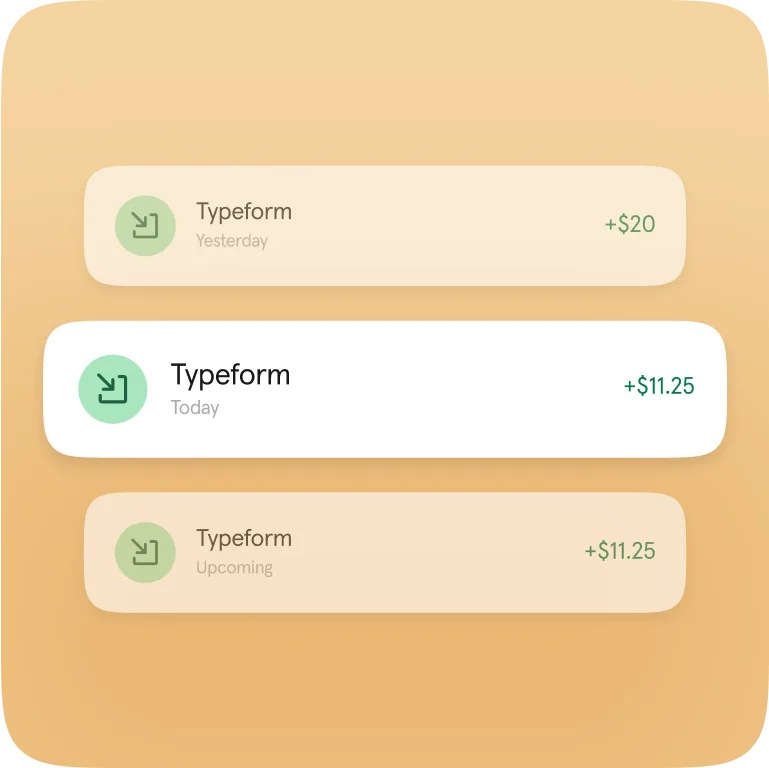
Recognizing the potential of referrals to drive user growth and generate consistent revenue, Typeform sought a solution that could scale with their large user base.
By partnering with SaaSquatch, a referral marketing platform, Typeform was able to create a program that matched their brand’s look and feel while automatically tracking and rewarding referrals.
This allowed them to leverage the enthusiasm of their existing users to attract new customers.
The impact of the referral program has been significant, contributing to 10% annual paid user growth for Typeform.
As Pedro Magrico, Director of Marketing at Typeform, noted, “The referral platform helps us harness the power of word-of-mouth in a highly scalable and trackable way.”
Lessons Learned 
Typeform’s growth playbook offers valuable insights for startups and established businesses alike.
Here are some of the key lessons we can take away from their success:
Lesson 1: User Experience is King
Typeform’s meteoric rise is a testament to the power of prioritizing user experience above all else. By crafting forms that feel more like conversations, they’ve transformed a mundane task into an engaging, dare we say, enjoyable experience.
The takeaway? Put your users first, and growth will follow!
Lesson 2: Harness the Power of Virality
Typeform’s growth is a masterclass in leveraging the viral potential of your product. By making it effortless for users to share their creations, they’ve tapped into a never-ending cycle of organic growth.
The lesson? Build virality into your product, and watch your user base explode!
Lesson 3: Diversify Your Growth Channels
While virality has been a major growth driver, Typeform hasn’t put all their eggs in one basket. By investing in SEO, paid search, and referral marketing, they’ve built a multi-pronged approach to acquisition.
The key? Don’t rely on a single channel – diversify and conquer!
Lesson 4: Activation and Retention Matter
Typeform knows that growth isn’t just about acquiring new users – it’s about ensuring they stick around. By focusing on smooth onboarding and delivering continuous value, they’ve cultivated a loyal user base that keeps coming back for more.
The takeaway? Prioritize activation and retention, and you’ll be rewarded with sustainable growth.
Lesson 5: Embrace Experimentation and Data
From A/B testing to data-driven decision making, Typeform’s growth team isn’t afraid to experiment and iterate. By constantly pushing boundaries and learning from their successes (and failures), they’ve stayed ahead of the curve.
The lesson? Foster a culture of experimentation, and let data be your guide!
Wow, what a wild ride through Typeform’s growth story!
From their laser-focus on user experience to their mastery of virality and diversified acquisition strategies, there’s no shortage of lessons to be learned from this SaaS success story.
But now, it’s time for you to take these insights and run with them!
Whether you’re a startup founder, growth marketer, or just a curious observer, we hope this playbook has armed you with the tools and inspiration you need to supercharge your own growth efforts.
So go forth, experiment, and make some growth magic happen!
And if you found this playbook valuable, don’t forget to share it with your network – let’s spread the growth wisdom far and wide!
Till next time


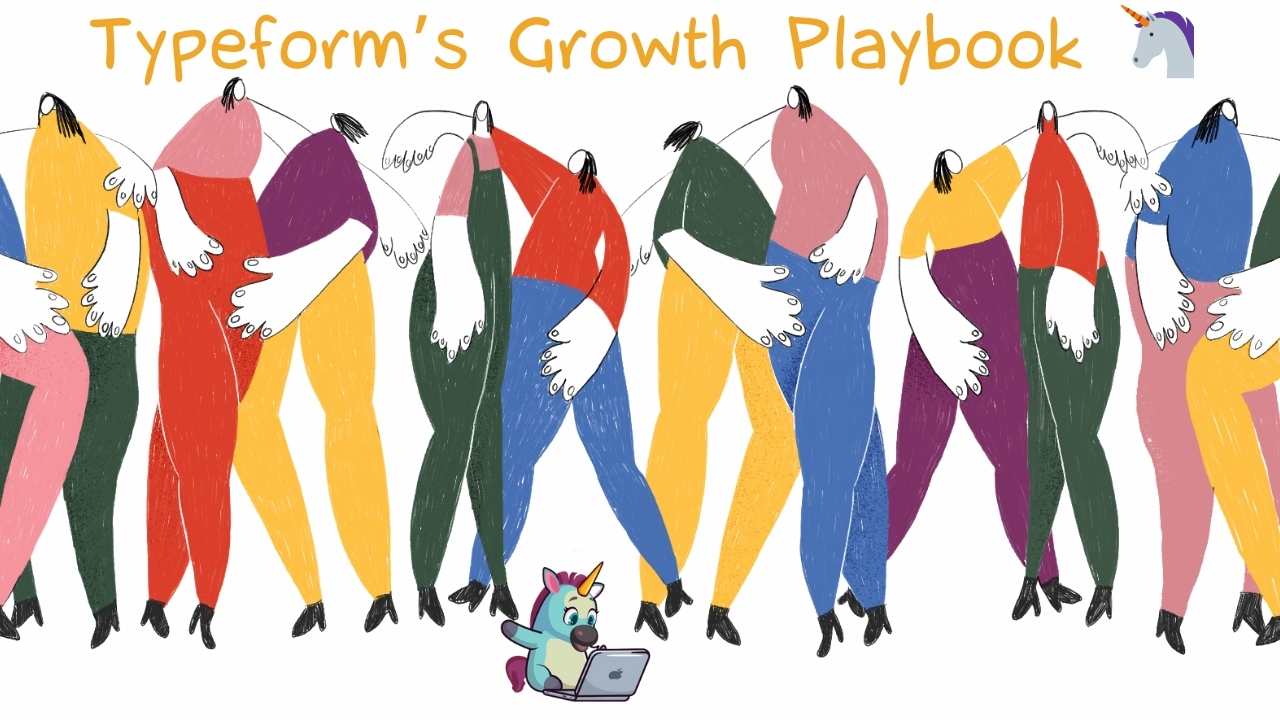









Leave a Reply